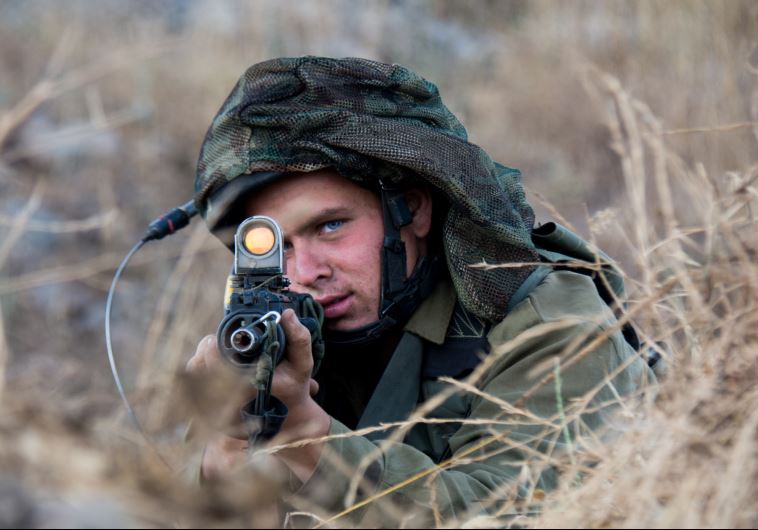Exclusive: IDF developing digital revolution to replace maps
The new system can be used for both training and real-life missions, an IDF officer told the 'Post'.
 The Givati Brigade's Tzabar Battalion practices complex maneuvers in an urban warfare environment(photo credit: IDF SPOKESPERSON'S UNIT)Updated:
The Givati Brigade's Tzabar Battalion practices complex maneuvers in an urban warfare environment(photo credit: IDF SPOKESPERSON'S UNIT)Updated: